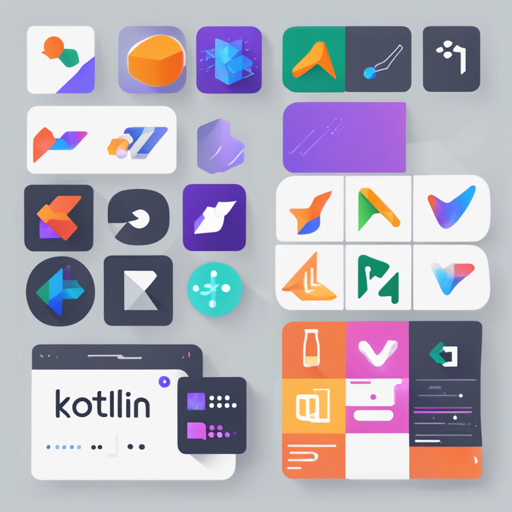Are you looking to enhance your Dart or Flutter applications with elegant and powerful collection types? Look no further! The kt.dart package is a splendid port of Kotlin’s standard library for Dart and Flutter projects. This guide will walk you through how to leverage this useful library to enhance your application.
Getting Started with kt.dart
To get started, you’ll need to include kt_dart in your project’s dependencies. Open your pubspec.yaml file and add the following line:
dependencies:
kt_dart: ^1.1.0After adding this, run flutter pub get to install the package.
Using Kotlin-like Collections in Dart
The main advantage of using kt.dart is its elegant and immutable collection types. Let’s break down some of the core features.
Mutable vs Immutable Collections
In Dart, Lists can be mutable by default, which means they can be changed after creation. However, with kt.dart, you have access to immutable types:
final ktList = listOf(1, 2, 3);
// You cannot add an item to ktList as it's immutable
int.ktList.add(4); // compilation errorImagine you own a library of rare books. Once you have your collection (ktList), adding more books (items) would compromise its integrity. Instead, you’d create a whole new collection that includes those new titles, keeping the original safe.
Creating Collections
You can easily create both immutable and mutable collections:
// Immutable List
final immutableList = KtList.of(1, 2, 3);
// Mutable List
final mutableList = KtMutableList.of(1, 2, 3);
mutableList.add(4); // Now it works!Exploring Collection Methods
The kt.dart library also provides some familiar collection methods that modern developers appreciate:
- flatMap: Flattens a list of lists into a single list.
- filter: Allows you to filter items based on a condition (similar to Dart’s where function).
- first: Retrieves the first item that matches a certain condition.
Examples of Filtering and Mapping
final dList = [[1, 2, 3], [4, 5, 6]];
final kList = listOf(listOf(1, 2, 3), listOf(4, 5, 6));
// Flattening with Dart
final dFlat = dList.expand((l) => l).toList();
print(dFlat);
// Flattening with Kt.dart
final kFlat = kList.flatMap((l) => l);
print(kFlat);
Troubleshooting Common Issues
As with any library, you might encounter some hiccups while using kt.dart. Here are a few solutions:
- Compilation Errors: Ensure you have imported the package correctly at the top of your Dart file with
import 'package:kt_dart/kt.dart'; - Understanding Immutability: Remember that
KtListis immutable; useKtMutableListif you need to modify the collection. - Deep Comparison Failures: If you are checking equality of collections, remember that
kt.dartinherently compares items by their values, unlike Dart’s default which compares by references.
For more insights, updates, or to collaborate on AI development projects, stay connected with fxis.ai.
Conclusion
Incorporating Kotlin collections into your Dart or Flutter project with kt.dart not only simplifies your code but also brings the benefits of immutability and elegant collection manipulation. Explore and adapt your codebase, and make it cleaner and more efficient.
At fxis.ai, we believe that such advancements are crucial for the future of AI, as they enable more comprehensive and effective solutions. Our team is continually exploring new methodologies to push the envelope in artificial intelligence, ensuring that our clients benefit from the latest technological innovations.

